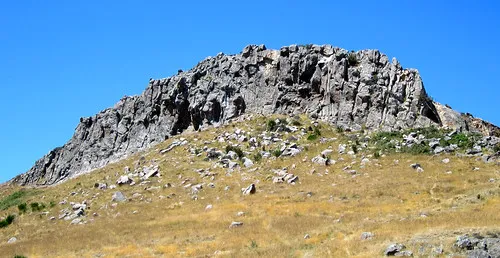Rapaki Rock, New Zealand - rock climbing, unprotected fall

An experienced rock climber had not placed any protection on a climb before he fell 10 metres to his death on Christchurch’s Port Hills, a coroner has found. Paul Corridon, 71, had climbed for about 25 years and was a volunteer mentor at the New Zealand Alpine Club (NZAC), climbing two or three times a week. Corridon was climbing Face Variation, a 16-metre “trad” route on Rapaki Rock on the morning of November 10, 2019. A trad route is one in which climbers carry their own protective gear and place equipment into cracks in the rock before clipping a rope in to protect against a fall. In findings recently released by the coroner, climbing companion Sam Leary said the plan was that Corridon would climb first and place anchors before belaying from the top. Leary estimated that at one point Corridon was at least 5.5 metres off the ground and had not placed any anchors. Leary said he alerted Corridon to his lack of protection, and he appeared to be looking for a crack in the rock fa...
